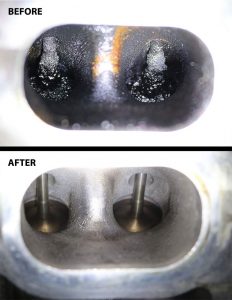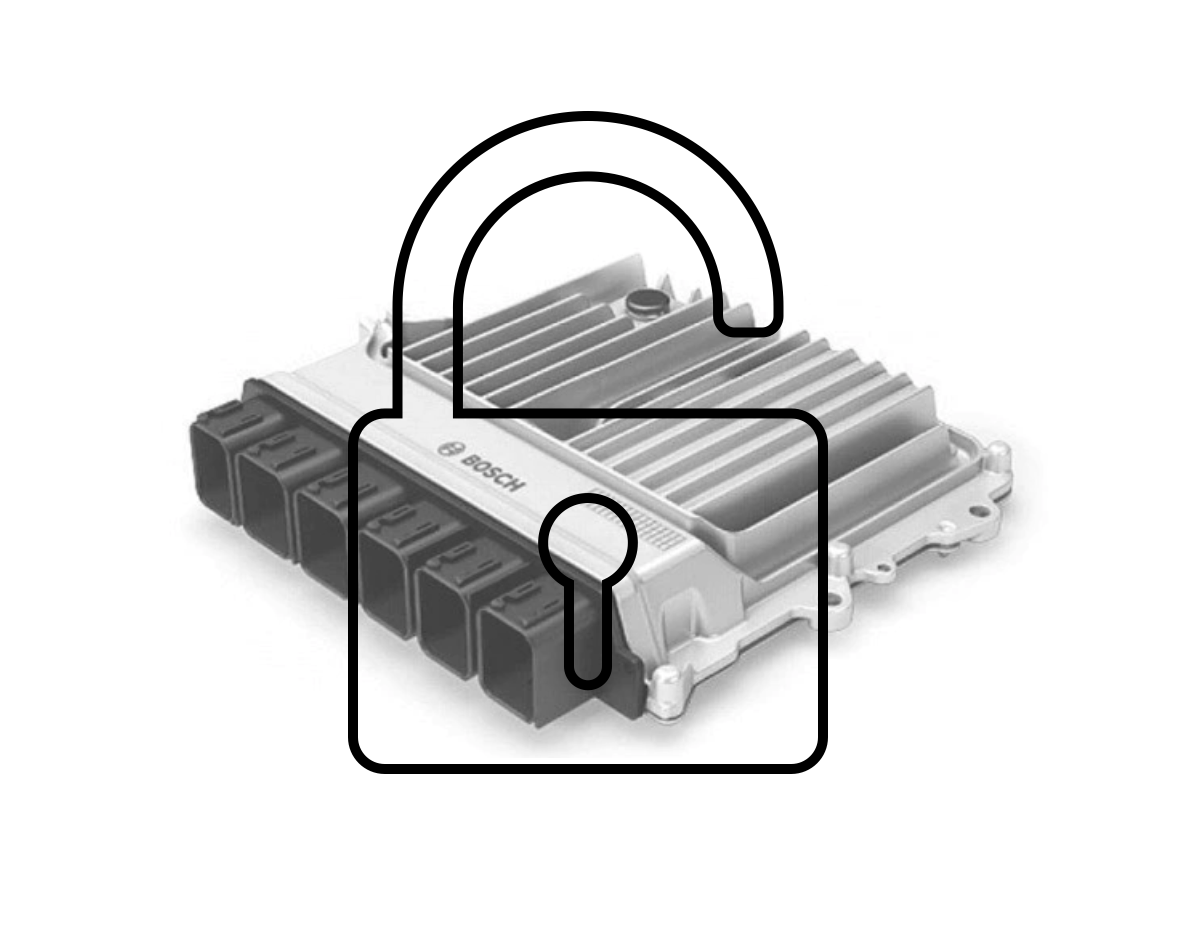What do walnuts have to do with engine carbon deposits? Quite a lot, actually. They are the most effective tool for removing engine carbon deposits. But how can walnuts remove these deposits from the engine? To fully understand the process, we need to first discuss what carbon deposits are, and how they are formed in the first place.
What is Carbon Buildup, and how does it happen?
Most engines burn gasoline. During the combustion process, several different molecules and compounds are released, and one of them is carbon. This carbon can sometimes stick to internal engine components, such as pistons and intake valves. This is normal, and usually does not cause any noticeable issues. In extreme cases, however, these deposits are much heavier than normal, and can lead to a host of issues ranging from annoying to potentially hazardous to your engine. Some of the symptoms of excessive carbon buildup are:
-
- Rough idle
- Poor acceleration
- Drivability issues (engine not running smoothly)
- Engine vibration or shaking
- Engine surge
- Cold start misfires
- An illuminated “Check Engine” light
- Black smoke from the exhaust
- And more
So, what can cause carbon buildup to become excessive? There are several factors that could possibly contribute to this phenomenon, including using low quality fuel, and oil, vehicle mechanical issues, using the vehicle exclusively for short, low speed trips, and other factors, but there is one factor that stands head and shoulders above the rest….engines equipped with factory GDI (gasoline direct injection) systems.
Direct fuel injection systems, as the name implies, inject fuel directly into the combustion chamber, after the intake valves. This is different than port injection systems which spray the fuel before the intake valves. When the fuel is sprayed before the valves, gasoline, which is an excellent solvent, contacts the intake valve on it’s way to the combustion chamber, cleaning any deposits before they harden onto the valve surface. Because there is no fuel cleaning the intake valves in a direct injection system, these deposits harden, and accumulate rapidly. In fact, most vehicle manufacturers typically recommend carbon cleaning at around 40,000 to 50,000 miles. In some instances, this may be necessary as soon as 25,000 miles. Additionally, most modern vehicles are equipped with an EGR (exhaust gas recirculation) system which collects exhaust gasses and recirculates them back to the combustion chamber, via the intake manifold, to be burned again to reduce emissions. These gasses pass over the intake valve, leaving deposits of their own on the valve surface, exacerbating the carbon buildup situation.
What can be done to prevent or lessen Carbon Buildup?
There are some best practices that can be implemented to help reduce engine carbon buildup, including:
- Change your oil regularly
- Use only high quality fuel and oil
- Drive on the freeway, and run the engine hard from time to time to blow out carbon deposits
- Service your vehicle regularly, and make sure the ECU software is up to date
- Limit idle time and cold starts
These measures, while important to implement to prolong the carbon buildup process, are not sufficient to completely eliminate carbon buildup. Many vehicles, especially those equipped with direct injection systems, will require carbon removal at some point. There are some chemical based products (mostly fuel additives) that claim to remove carbon deposits, but none can completely remove the deposits, and most are largely ineffective.
How do the Walnuts fit into the picture?
Walnuts, more specifically walnut shells, when ground into a sand-like consistency, can be used to safely and effectively remove engine carbon deposits. The process is efficient, removing almost 100% of the hardened carbon with almost no waste. It’s safe because, unlike sand and other blast media, walnut shells are much softer than the metal valves, so they can not damage them. Furthermore, if any walnut shell particles were to make it past the valve and into the combustion chamber, the heat of combustion would vaporize them, and they would be expelled through the exhaust without harming any engine components in any way. This is not true of other media.
So, what is the Walnut Blasting Process?
One of our highly trained technicians removes the intake manifold from the engine, and, using specialized equipment designed specifically for this procedure, blasts away the carbon deposits on each intake valve. Our equipment constantly removes and recycles the walnut media during the procedure, and the technician suctions out any remaining walnut media before reinstalling the intake manifold.
How effective is Walnut Blasting?
In these images, it is easy to see how much carbon is removed by Walnut Blasting.



Ready to restore your vehicle’s power, performance and fuel mileage?
Eurocharged St. Louis has the experience and expertise to do just that! Call or email to book a Walnut Blasting appointment, or contact us Here.
Eurocharged St. Louis
11719 Baptist Church Rd
St. Louis, MO 63128
(314) 270-3821
sales@eurochargedstlouis.com



